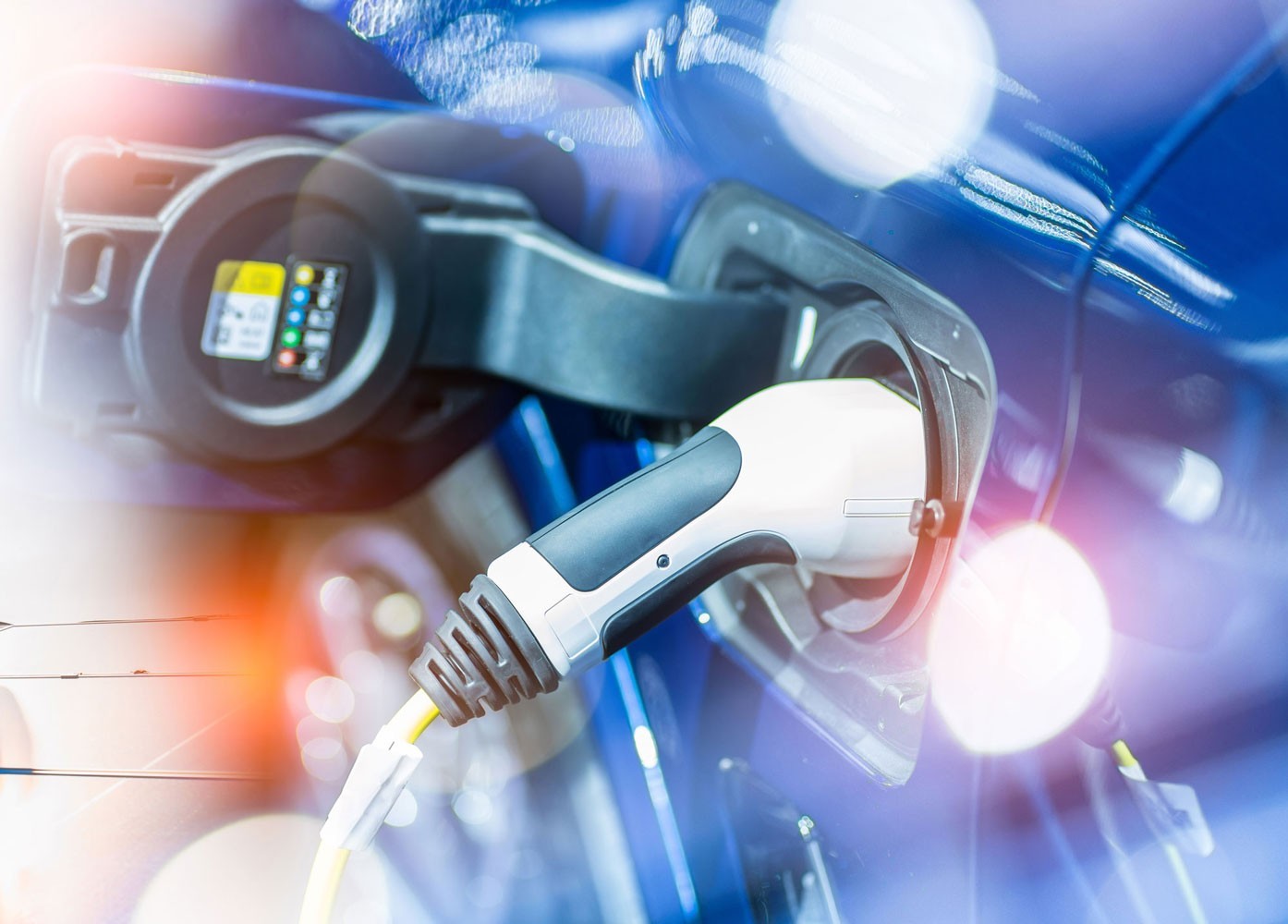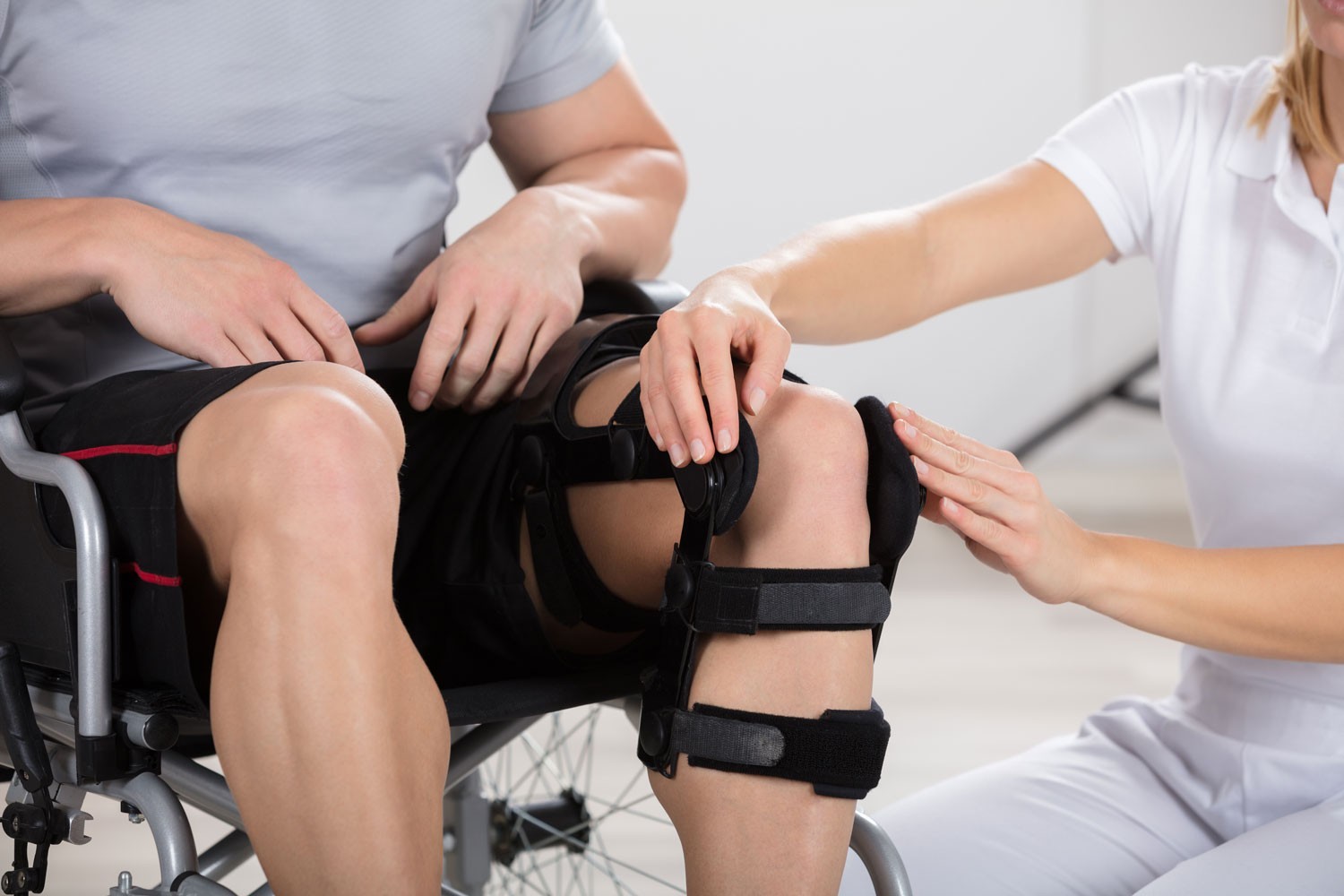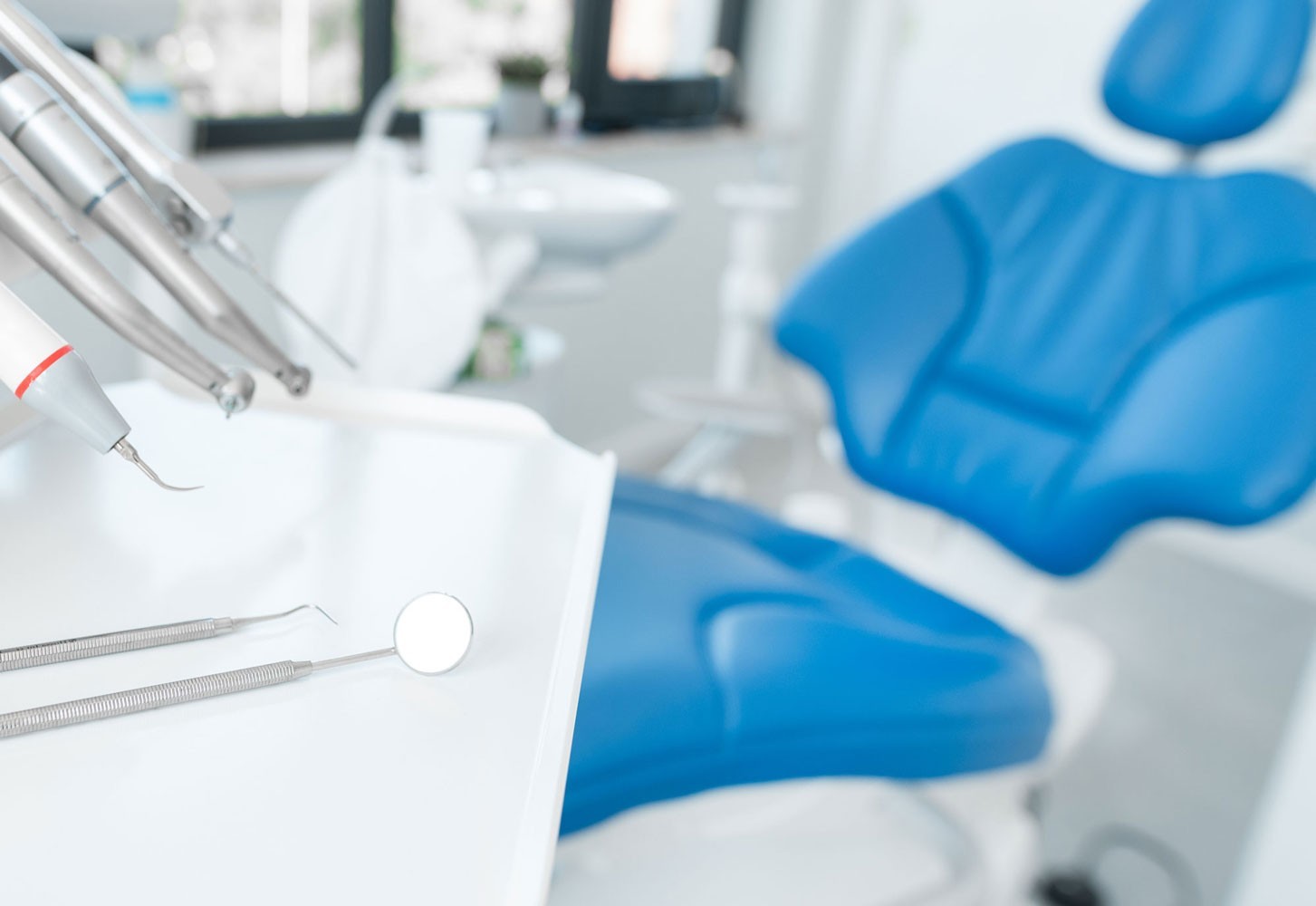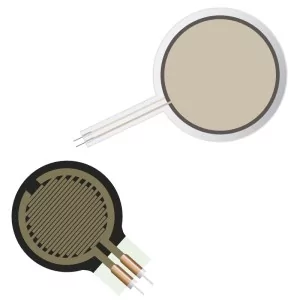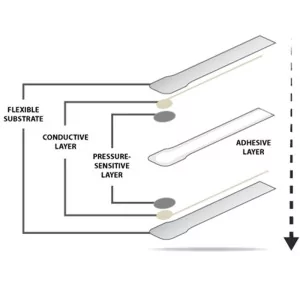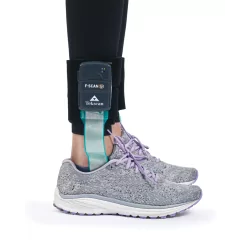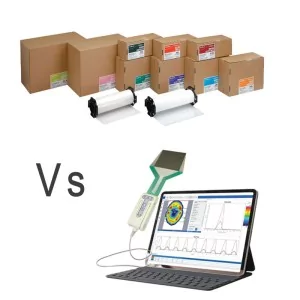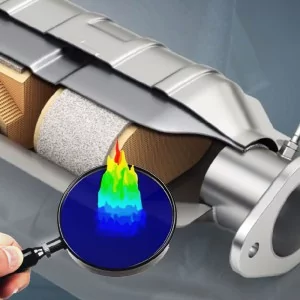- MenuRetour
- Fake Menu
- Industrie
- Sport & Santé
- Applications Cliniques
- Contact
- Fake Menu
Le cycle de la marche : phases, paramètres à évaluer et technologie
Qu'est-ce que la marche ?
Pour bien comprendre les pathologies ou les blessures de la locomotion humaine, il faut commencer par comprendre la façon de se mouvoir du sujet, patient ou athlète. La marche (ou course) est communément considérée comme la méthode par laquelle est parcouru le déplacement d'un point A à un point B. L'analyse de la marche permet d'appréhender les asymétries spécifiques liées au mode de déplacement. Une évaluation de la marche peut être réalisée à partir d'informations cinétiques (force) et cinématiques (spatiales/temporelles).
L'examen standard de la marche nécessite la prise en compte d'au moins un cycle de marche complet, démarrant au premier contact d'un pied au sol, suivi d'un appui l'autre pied et se terminant au nouveau contact avec le sol du premier pied. Bien entendu, plus le nombre de pas analysés est élevé, plus il est facile d'obtenir un ensemble cohérent de pas naturels malgré leur variabilité inévitable.
La marche humaine peut être définie comme une série de mouvements alternés des membres inférieurs dans un mouvement rythmique qui entraîne une progression du corps vers l'avant avec une dépense énergétique minimale. Afin de déterminer les troubles de la marche, les cliniciens et chercheurs ont souvent recours à une analyse biomécanique afin d'examiner et traiter les personnes présentant différentes affections, pathologies ou blessures susceptibles de perturber leur capacité à marcher ou à courir. Une bonne compréhension du cycle de la marche et de ses phases est nécessaire pour assurer une prise en considération adaptée de la situation individuelle de chaque patient ou athlète.
Quelles sont les phases de la marche ?
Si l'on considère le cycle de la marche d'un point de vue temporel, on peut le décomposer en deux phases de mouvement distinctes : la phase d'appui et la phase d'oscillation.
La phase d'appui commence lorsqu'un pied touche le sol pour la première fois et se termine lorsque ce même pied quitte le sol. La phase d'appui représente environ 60 % du cycle de la marche.
La phase d'oscillation débute lorsqu'un pied quitte le sol pour la première fois et se termine lorsque le même pied touche à nouveau le sol. La phase d'oscillation représente les 40 % restants du cycle de la marche.
Il existe aussi des étapes essentielles d'appui appelées : phase d'appui simple, phase de double appui initiale, phase de double appui terminale
La phase d'appui simple où seul un membre est en contact avec le sol est également connue sous le nom de phase d'oscillation. Dans une marche normale, cette phase représente entre 60 et 72 % de la phase d'appui.
La phase de double appui initiale est la sous-phase qui sépare le premier contact du talon au sol de la phase et le lever des orteils du pied opposé. Cette phase représente environ 14 à 20 % de la phase d'appui.
La phase de double appui terminale est la sous-phase comprise entre l'instant du contact du pied opposé et le lever des orteils. Cette phase représente environ 14 à 20 % de la phase d'appui. La phase de double appui global est définie comme la somme de la phase des doubles appuis initial et terminal. Elle représente environ 28-40 % de la phase d'appui.
Généralement, les problèmes/pathologies de la marche apparaissent pendant la phase d'appui, lorsque le pied est mis en charge, ce qui aura finalement un impact sur la phase d'oscillation également. Afin de mieux comprendre le fonctionnement du pied, la phase d'appui peut être décomposée en sous-phases d'appui plus détaillées pour permettre un examen plus approfondi. Ces phases sont appelées phase de contact (attaque du talon), phase de transition et phase propulsive (active et passive)

La phase d'attaque correspond au premier contact du talon de la première jambe et se termine par le décollement des orteils de la jambe opposée. La phase de contact représente 14 à 20 % de la phase d'appui.
La phase de transition, pied à plat ou phase de " réaction au chargement " a une fonction importante car le poids du corps est transféré sur la jambe principale à ce moment-là et elle doit donc l'amortir tout en conservant son dynamisme vers l'avant. Cette phase est définie par le premier contact du talon jusqu'au premier contact de la première tête métatarsienne de la jambe. La phase de pied plat représente 16 à 22 % de la phase d'appui.
La phase d'appui de transition est la période pendant laquelle le membre passe de la fonction d'absorbeur du choc à celle de stabilité. Cette phase est définie à partir du décollement des orteils de la jambe opposée jusqu'au décollement du sol du talon de la jambe considérée. La phase de transition représente 29 à 37 % de la phase d'appui.
La dernière phase de l'appui s'appelle la phase de propulsion. Pendant cette phase, le pied se met généralement en supination pour que le milieu du pied soit plus rigide et puisse agir comme un levier (mécanisme Winlass) pour aider à propulser le corps vers l'avant. La phase propulsive de la marche est parfois décomposée encore davantage en une phase active et une phase passive. Ce fractionnement a pour but d'isoler la composante de la phase propulsive en appui simple, et la composante passive de la phase propulsive en appui double. La phase propulsive totale correspond au moment où le talon se décolle du sol jusqu'au décollement des orteils. Cette phase représente 45 à 55 % de la phase d'appui.
La phase propulsive active correspond à la période entre le décollement du talon et le premier contact de la jambe opposée. Cette phase propulsive active représente 31-35% de la phase propulsive.
La phase propulsive passive sépare le contact du talon de la jambe opposée jusqu'au décollement des orteils. La phase propulsive passive représente 14 à 20 % de la phase propulsive.
Paramètres spatiaux de la marche
Analyser la marche d'un point de vue spatial permet de mesurer les asymétries de la marche relatives à la distance entre les pas et à la longueur des foulées. Parmi les paramètres spatiaux typiques de la marche, on trouve : la longueur des pas, la longueur des foulées, la largeur des pas et les angles des pieds.
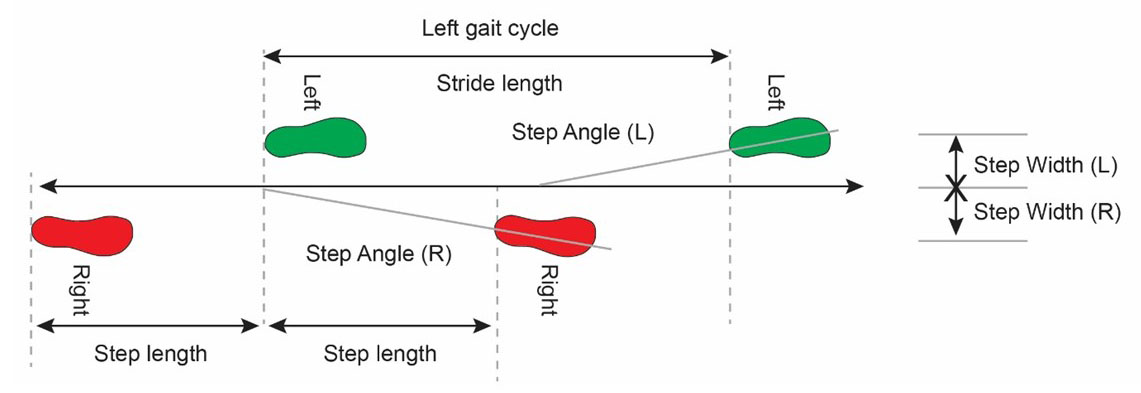
La longueur du pas est la longueur mesurée parallèlement à la ligne de progression du corps, entre le contact postérieur (talon) de l'empreinte de pied précédente et le contact postérieur (talon) de l'empreinte de pied opposée examiné.
La longueur de foulée est la distance mesurée parallèlement à la ligne de progression, entre les points postérieurs des talons de deux empreintes consécutives du même pied.
La largeur du pas est la distance mesurée entre la ligne de progression du pied gauche et la ligne de progression du pied droit.
L'angle du pied est l'angle entre la ligne de progression et l'axe du pied. L'angle du pied est nul lorsque l'axe du pied est parallèle à la ligne de progression. L'angle du pied est positif lorsque l'axe du pied pointe latéralement à la ligne de progression. L'angle du pied est négatif lorsque l'axe du pied pointe en position médiale par rapport à la ligne de progression.
D'autres variables de synchronisation peuvent être calculées à partir de ces informations, la durée du pas, la vitesse de la foulée et le rapport entre la longueur du pas et la longueur de la jambe.
Pourquoi l'analyse du cycle de la marche est importante ?
De nombreuses raisons font de l'analyse du cycle de marche un outil important aussi bien en clinique qu'en recherche.
Prévenir les blessures
Identification les asymétries chez les patients non symptomatiques, qui ne pourraient pas être détectées tant que ceux-ci ne présentent pas de blessures.
Confirmer les résultats des traitements
Vérification de l'efficacité des traitements sur la marche des patients à l'aide d'évaluations pré/post traitement ou chirurgie.
Optimiser les performances sportives
Une compréhension approfondie des mouvements d'un athlète permet d'optimiser ses performances et d'élaborer des programmes d'entraînement personnalisés pour améliorer ses résultats sportifs.
Évaluer les effets de différents facteurs
Possibilité d'évaluer les effets de différents types de chaussures, de divers terrains naturels ou sols artificiels et de bien d'autres paramètres qui affectent la marche d'une personne.
Technologie d'analyse de la marche
Il existe plusieurs systèmes et logiciels d'aide à l'analyse pouvant être utilisés pour recueillir des données spatiales/temporelles sur la marche des sujets patients ou sportifs.
Analyse du mouvement
L'analyse du mouvement est une méthode qui permet de collecter avec précision ces informations, cependant, elle peut nécessiter un certain temps pour mettre en place les marqueurs nécessaires à l'acquisition des données sur le patient et elle ne peut pas collecter d'informations cinématiques continues à moins de disposer de plusieurs plateformes de force synchronisées.
Cartographie de force et de pression
Les systèmes de cartographie de force et de pression sont équipés de milliers de capteurs en réseau, disposés en un tapis continu pour permettre la collecte des données de multiples foulées successives. Ces outils nécessitent très peu de préparation, ce qui permet l'examen rapide et sans entrave de la marche des patients ou des athlètes, ce qui est essentiel dans un centre d'analyse de la marche très fréquenté. Les informations sur la marche provenant d'une simple collecte de données peuvent fournir des mesures spatiales (longueur du pas, longueur de la foulée, etc.), temporelles (temps du pas, durée de la foulée, vitesse de la foulée, etc.) et cinématiques (force verticale, répartition de la pression, centre de force) pour une analyse complète du cycle de la marche. Les données issues de ces systèmes peuvent être comparées aux données normatives de la marche ou permettre de quantifier les asymétries entre les pieds d'un point de vue spatial, temporel ou cinétique. Toutes ces informations peuvent fournir des indications importantes sur le type de pathologie ou de blessure du patient/athlète. Elles peuvent également fournir un retour d'information quantitatif sur la progression de la rééducation du patient ou de l'athlète.
Produit associé
F-Scan GO™ - Système d'analyse des pressions plantaires à semelles haute résolution
Articles similaires
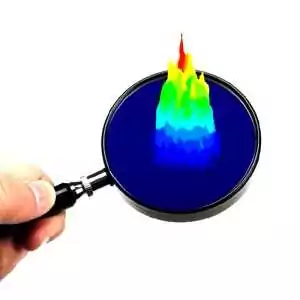 Etendue de mesure d'un capteur de pression Tekscan
Etendue de mesure d'un capteur de pression Tekscan Les 5 capteurs de cartographie de pression les plus utilisés
Les 5 capteurs de cartographie de pression les plus utilisés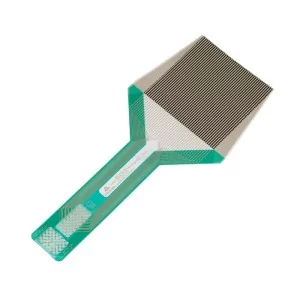 Les 5 critères pour sélectionner le meilleur capteur de cartographie de pression
Les 5 critères pour sélectionner le meilleur capteur de cartographie de pression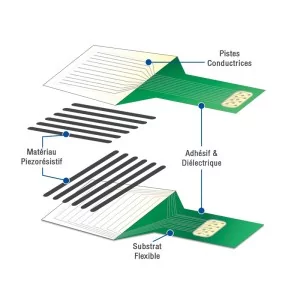 Anatomie d'un capteur de cartographie de pression
Anatomie d'un capteur de cartographie de pression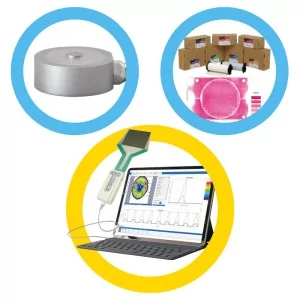 La cartographie de pression Tekscan face aux autres technologies de mesure de contact
La cartographie de pression Tekscan face aux autres technologies de mesure de contact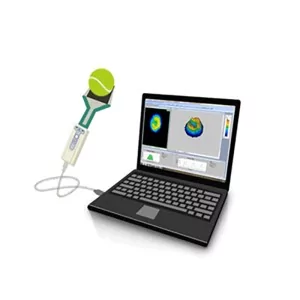 Technologie piezorésistive de cartographie de pression
Technologie piezorésistive de cartographie de pression
